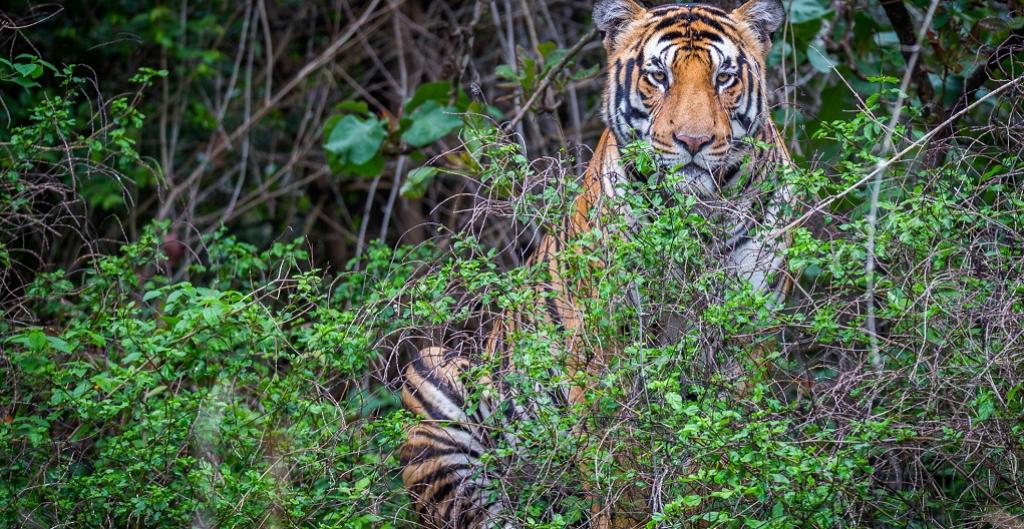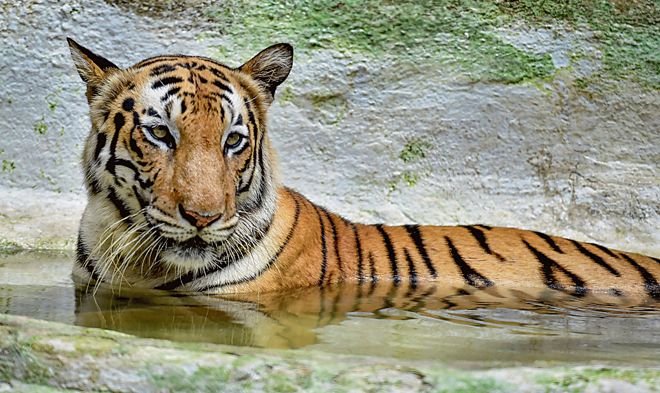

More in Popular
-


education
Read who is Aaryan Shukla and why he is called Human Calculator
Aaryan Shukla, the 14-year-old maths prodigy from Maharashtra, made headlines after breaking six Guinness World Records...
-


Popular
Exploring the Metaverse: Meet the Top 15 Metaverse Leaders Shaping the Future of the world
The concept of the metaverse, a virtual universe where users can interact, create, and explore, has...
-


Popular
India Unveils Crew for Historic Gaganyaan Space Mission
India took a significant step towards its ambitious space exploration goals by introducing the four crew...
-


Popular
Legendary Singer Pankaj Udhas Passes Away at 72
Renowned playback singer Pankaj Udhas, known for his iconic ghazals including “Chitthi aayi hai,” has passed...
-


Popular
Investigation Launched as Train Travels Over 70km Without Drivers
A Video of a Train Without Drivers is circulating on Social media, as the Indian Railway...



















